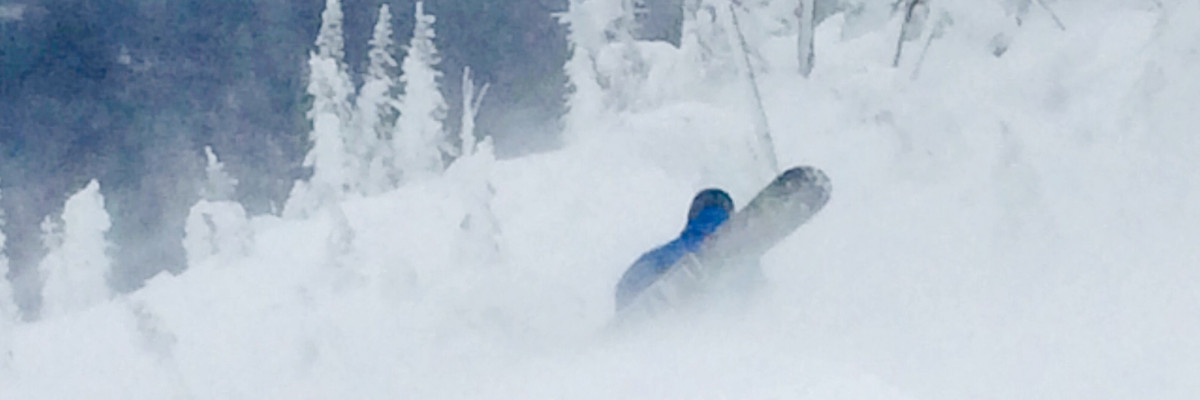The avalanche danger is rated Considerable in the west central Montana backcountry above 6000 feet. Human-triggered avalanches are likely. Careful snowpack evaluation, cautious route-finding and conservative decision making are essential.
Good morning, this is Travis Craft with the West Central Montana Avalanche Center’s avalanche advisory for December 22, 2015. This danger rating does not apply to operating ski areas, expires at midnight tonight (Dec.22) and is the sole responsibility of the U.S. Forest Service.
Weather and Snowpack
Winds are currently 25 mph out of the WSW and gusting to 35 mph. Temperatures in the region are 19 to 24 degrees Fahrenheit. The advisory area is reporting varied amounts of new snow this morning, ranging from 2 inches to 8 inches from our local Snotels.
The current storm in our advisory area came in with strong winds starting around 3 pm yesterday. The primary avalanche problem today are wind slabs that have formed and are forming on leeward terrain. Observers noted fresh wind slabs when touring yesterday in the Rattlesnake. These slabs are now increasing in size with new snow available for transport and may be sitting on a poor snow structure (basal facets). Cautious route-finding and conservative decision making are necessary tools in traveling today.
The second avalanche problem is a persistent slab that is failing on the basal facets. These facets are rounding on some aspects, but in shallow snowpacks and colder aspects they are reactive in our stability tests. Observers reported these facets to be reactive on north aspects in the Rattlesnake and in shallow snowpacks in the Swan (obs). These facets are found throughout our area and the only way to find them is to dig into the snowpack (obs2). This slab may become more reactive with new loading.
The third concern is dry loose avalanches. These surface instabilities will be small, but could cause a problem if they take you into a terrain trap such as a gully, tree or cliff.
Avalanche and Weather Outlook
The advisory area is continuing to receive snow with totals predicted to be close to a foot in the high elevations along with strong winds through Wednesday. With the new load and strong winds the avalanche danger will rise. New loading and strong winds are two bullseye clues that show the stability is decreasing. Also with the new loading, the persistent slab sitting on the basal facets could become more reactive.
I will issue the next advisory on Christmas Eve, December 24. Ski and ride safe.
























